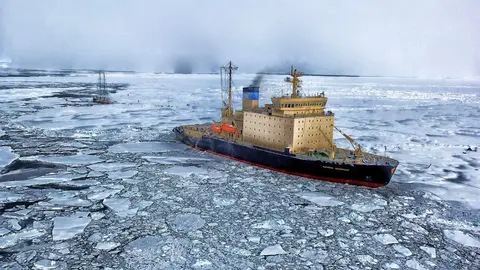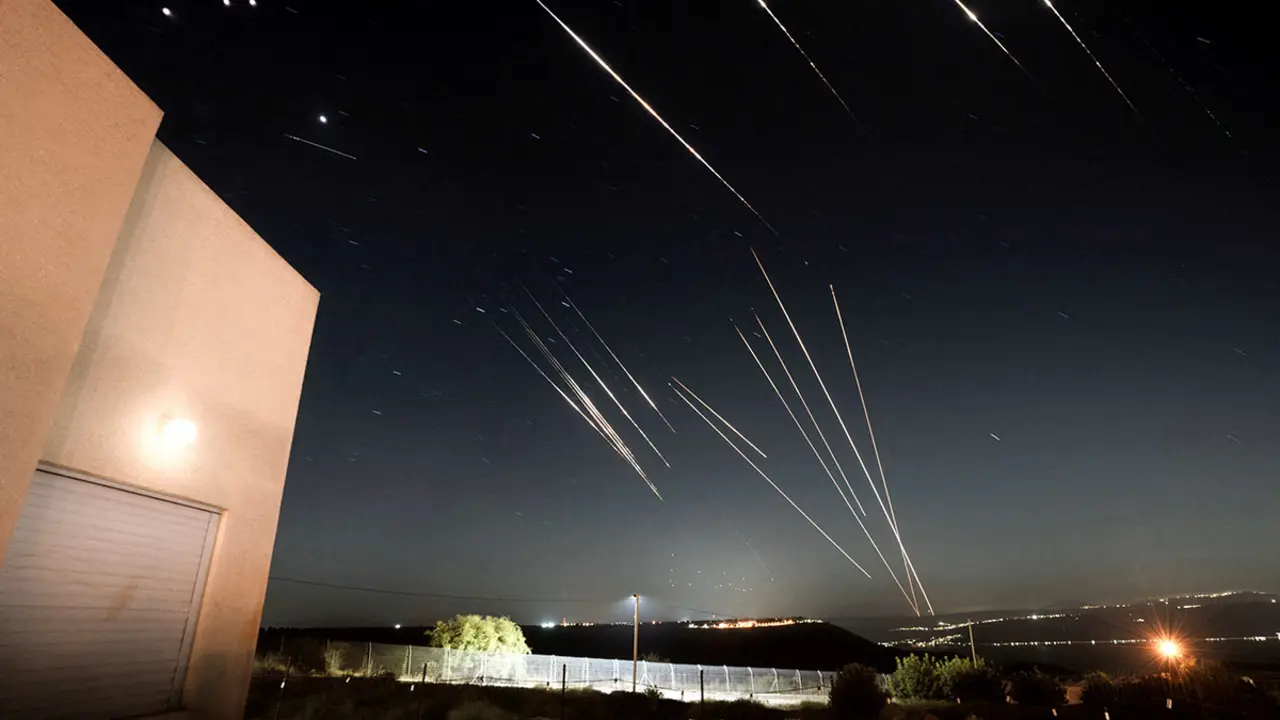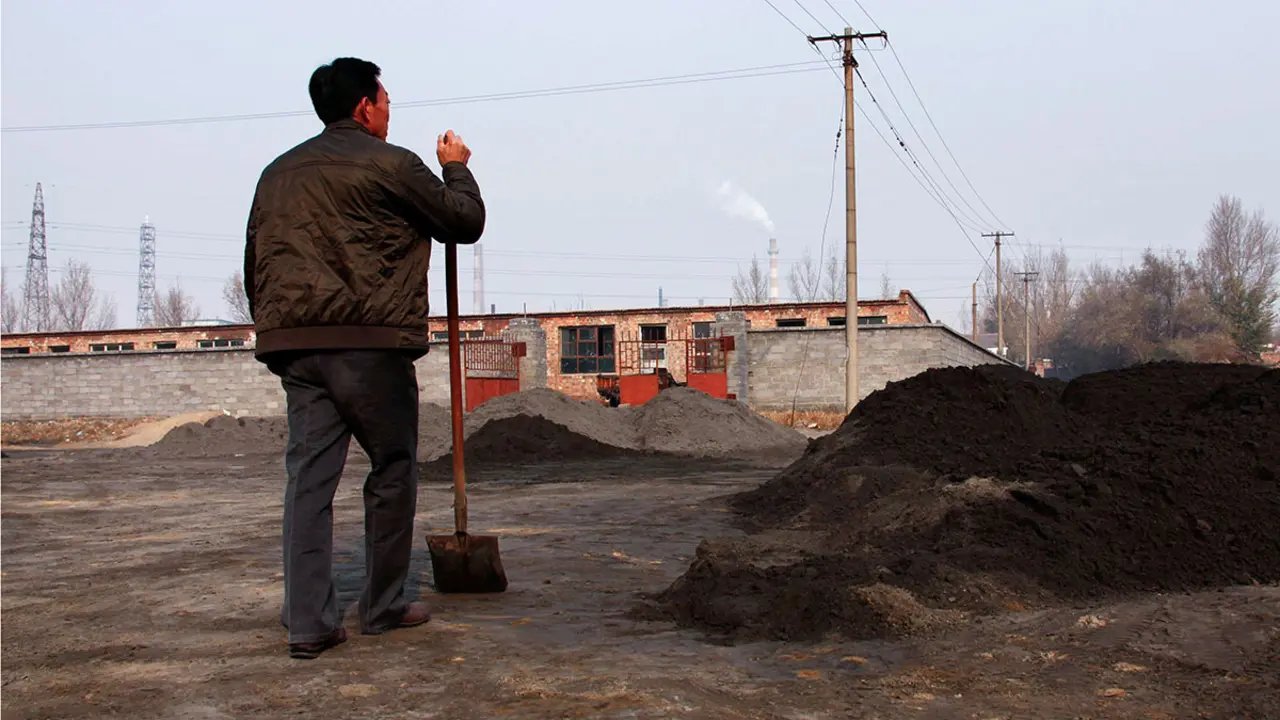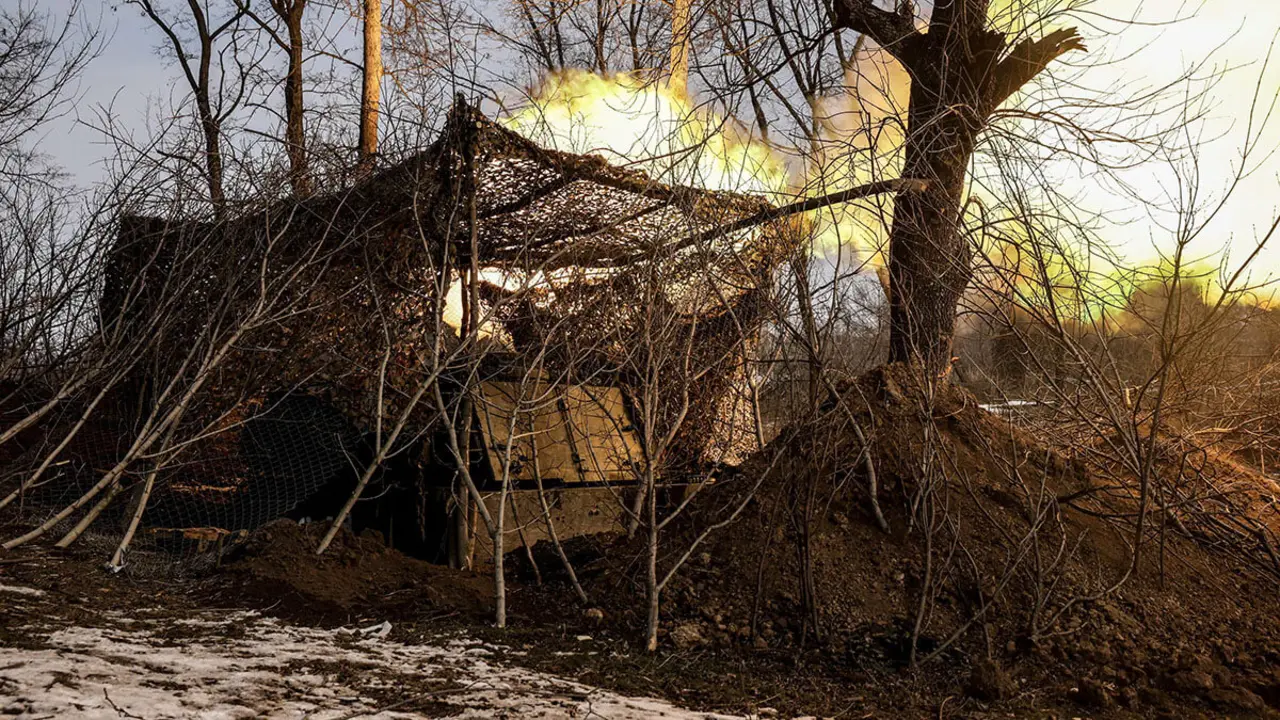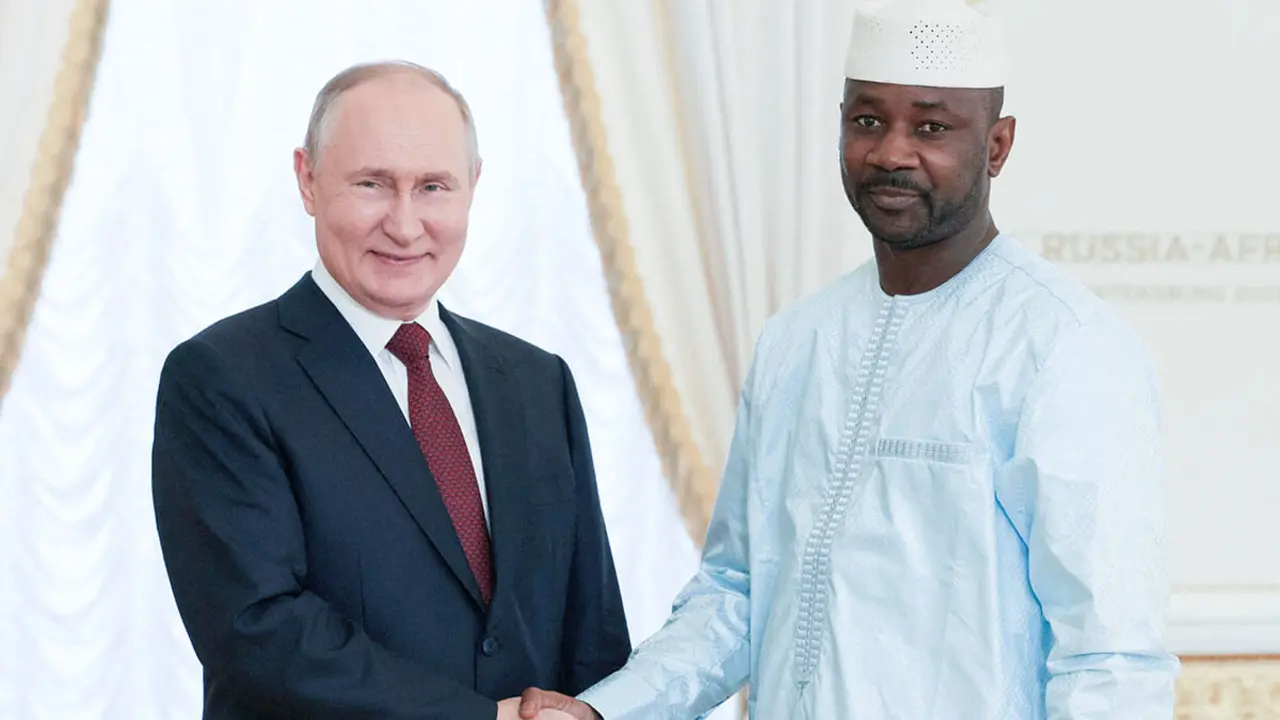The frozen geopolitics: an expanding chessboard in the Arctic (II)
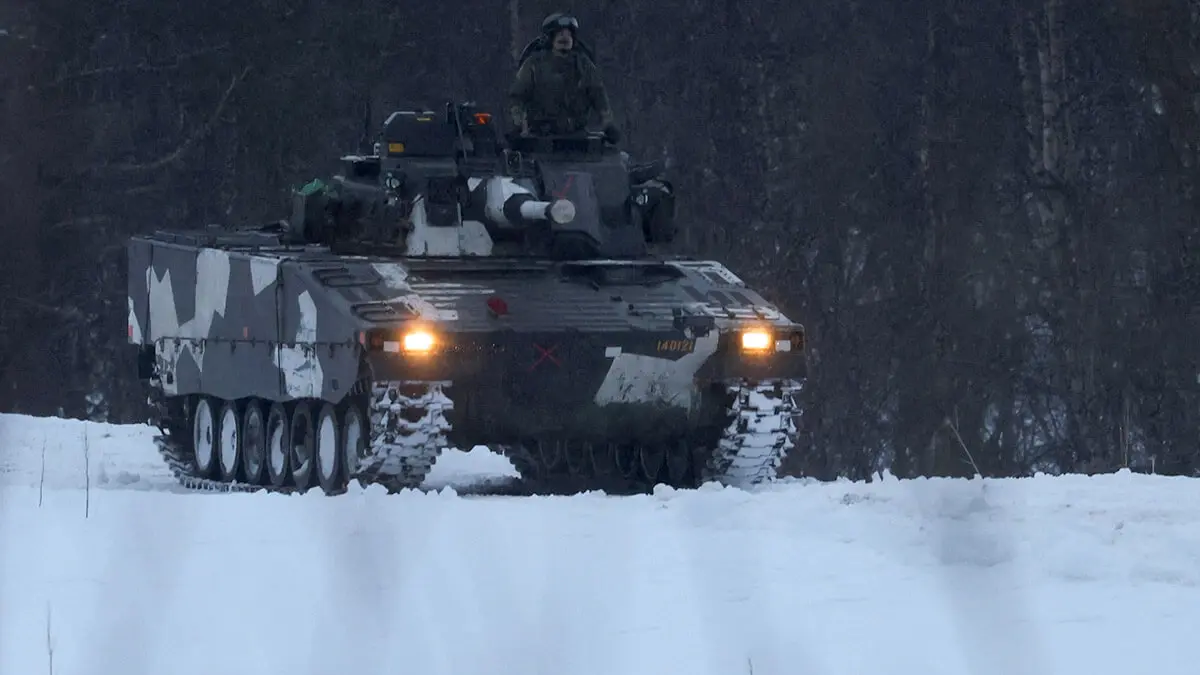
Last week, we began our work by describing the concept of the ‘High North’ and explaining why it is the most accurate term when referring to the Arctic region.
In fact, it is the term used by the Atlantic Alliance, as it encompasses areas adjacent to what we traditionally know as ‘the Arctic’ which, from a geopolitical and strategic point of view, cannot be ignored. Similarly, we concluded with a brief overview of the main actors with interests in the region and their motivations, making clear the leading role that this area will play in the near future.
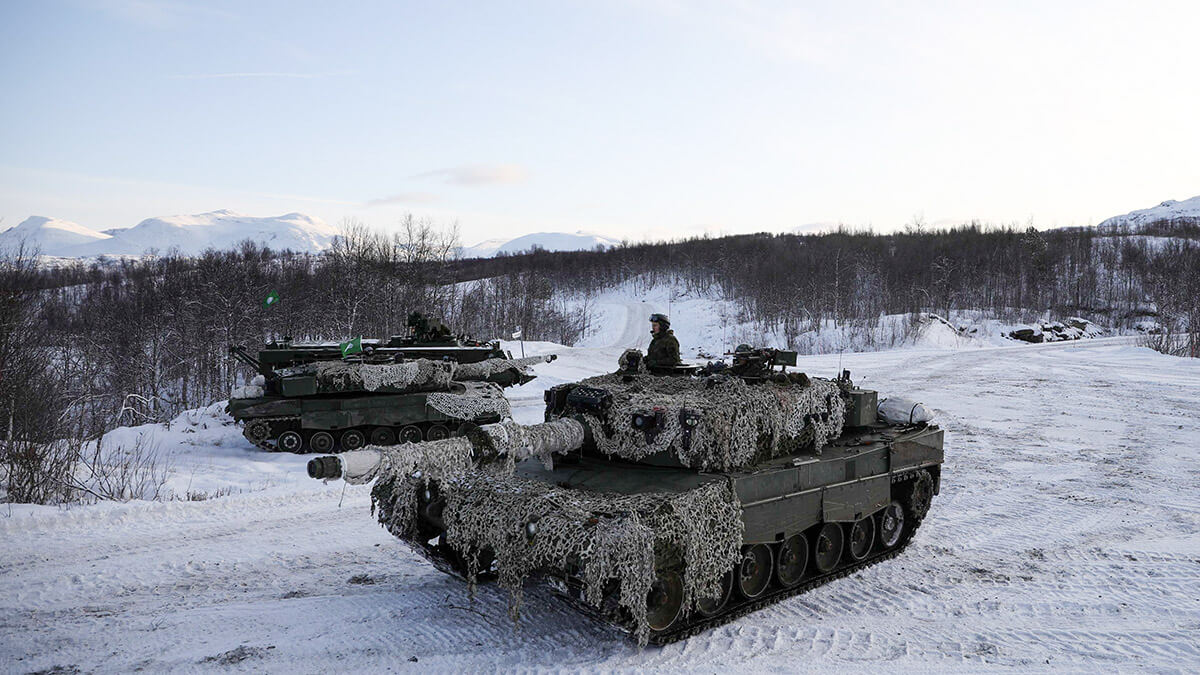
This week, we will continue in the polar cold, trying to elucidate the dynamics of the region. The growing interest in the Arctic has exacerbated a series of disputes and tensions between the actors involved; it is therefore important to review the main causes of dispute and tension at present.
Territorial and maritime disputes: although the land borders in the Arctic are largely defined, there are disagreements over the delimitation of exclusive economic zones (EEZs) and the extended continental shelf in the Arctic Ocean. Several countries have submitted claims to the United Nations Commission on the Limits of the Continental Shelf to extend their rights over the seabed beyond their 200-nautical-mile EEZs.
Overlapping claims, particularly on the Lomonosov Ridge, an underwater mountain range stretching across the North Pole, are a potential source of conflict. Russia, Canada and Denmark (through Greenland) have submitted claims over this area. The motive behind this interest in extending the EEZ is none other than to increase access to the resources found under the seabed.

Sovereignty over shipping lanes: the question of the legal status of new Arctic shipping lanes is another point of contention. Canada insists that the Northwest Passage is internal waters under its sovereignty, while the United States and other actors consider it an international shipping lane. Russia also seeks significant control over transit through the Northern Sea Route.Not surprisingly, it is the nation with the longest Arctic coastline. The lack of a clear legal framework for navigation on these routes could lead to tensions as maritime traffic increases.
Competition for natural resources: the previous point is a direct consequence of this one. The prospect of accessing vast reserves of hydrocarbons, minerals and rare earths has intensified competition between circumpolar nations. While the exploitation of these resources could generate economic benefits, it is necessary to possess technology, which in some cases is not fully developed, to make their use profitable. Similarly, there are also significant environmental risks that could exacerbate geopolitical tensions if not managed cooperatively.
Militarisation of the Arctic: again, this heading derives from the previous two. The increase in military activity has been particularly significant on the part of Russia, including the reopening of bases and the conduct of exercises, which has raised concerns among other actors who fear a militarisation of the region, especially in the current scenario, with a war in Ukraine that is consuming enormous economic resources and making this region, in a sense, a possible lifeline for Moscow. Although the circumpolar nations insist that their military activities are defensive, the build-up of forces undoubtedly increases the risk of misunderstandings and escalation.
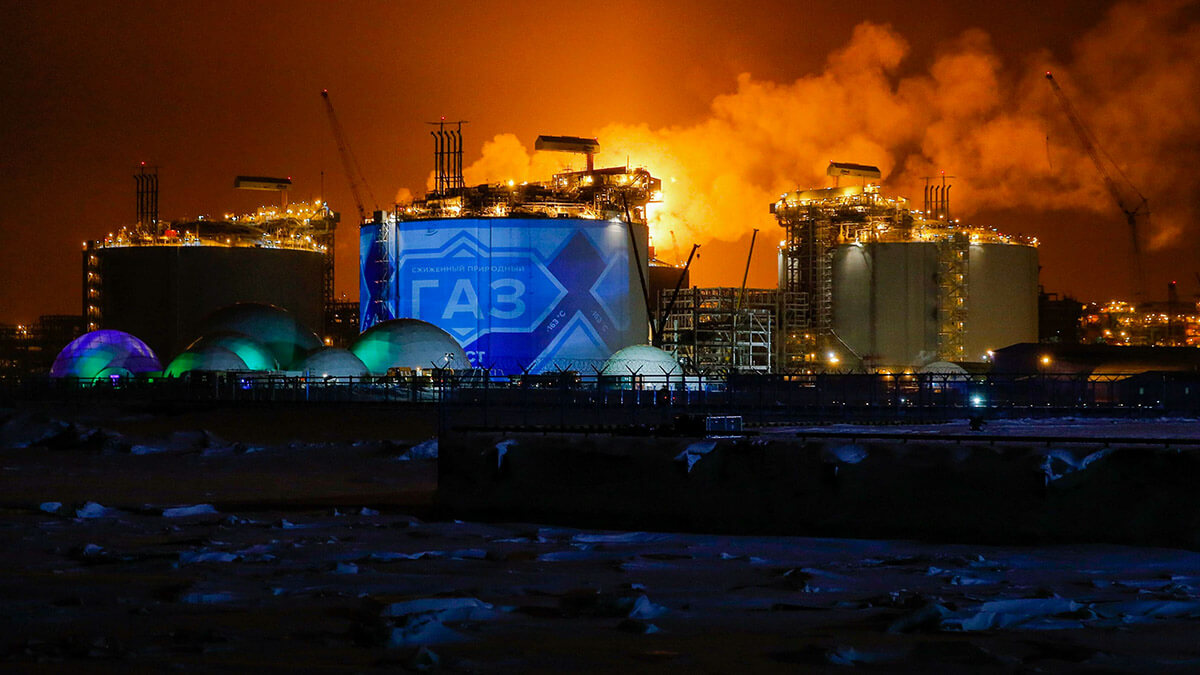
Influence of extra-regional actors: The growing presence and influence of extra-regional actors such as China is causing concern among the High North nations seeking to maintain exclusive control over the region. Chinese investment in infrastructure and its growing strategic interest are viewed with suspicion by some, as no one now doubts the Asian country's intention to seek greater political and military influence in the near future.
China's approach to security in the Arctic is very different from what we have seen so far, and actions such as the proclamation of ‘near-Arctic status’ in 2018 provoked a diplomatic reaction that forced the country into what we might consider a tactical retreat. Its position, as we mentioned last week, is directly linked to the diversification of access to energy resources, rare earths, transit and control of maritime routes and fishing grounds. Beijing, patient by nature, has waited for the right moment to allow for governance rules more favourable to its interests, and the current geopolitical context seems to meet its expectations.
China's activities in the Arctic should be understood as having a dual purpose. Its military presence in the Arctic has so far been limited, but it is suspected that the presence of scientific research projects is intended to feed intelligence and knowledge about the entire region, particularly to help China overcome the learning curve in cold-weather operations. Beijing also operates a fleet of polar satellites as part of the BeiDou system. It is also known that it plans to deploy a large-scale network of dual-use listening devices in the Arctic Ocean as part of what has come to be known as the Great Submarine Wall, all of which is likely to be used for military purposes. There are also widespread suspicions that China is interested in increasing its military presence in the Arctic to support and protect its strategic ambitions and commercial presence with the Transpolar Sea Route.
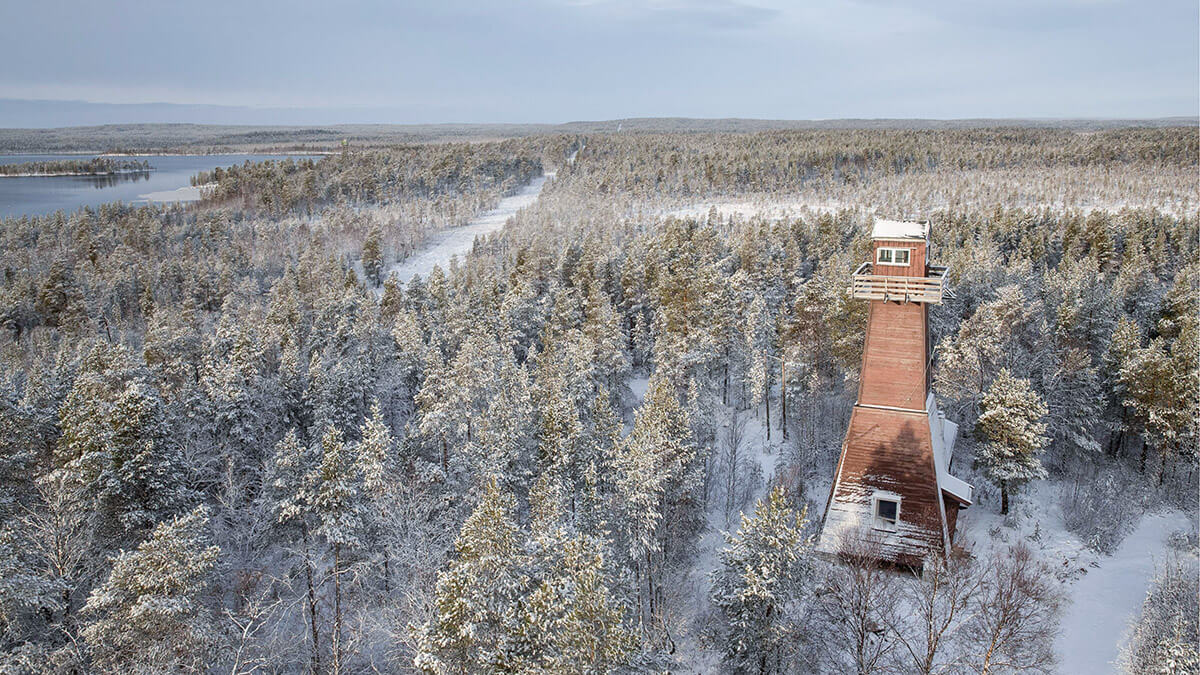
This is the context for symbolic attempts by Russia and China to strengthen cooperation in the Arctic, such as the signing in April 2023 of a memorandum of understanding to strengthen cooperation between the Russian Federal Security Service (FSB) Border Service and the Chinese Coast Guard, although the agreement is not specific to the Arctic but also applies to the area.
Environmental protection: Until now, there has been a general consensus on the importance of protecting the fragile Arctic ecosystem, but differences remain on how to balance conservation with economic development. Concerns about pollution, oil spills and the impact of human activity on wildlife are important issues in the geopolitical debate in the area, and not all nations share the same point of view.
Indigenous peoples' rights: The rights and perspectives of the region's indigenous peoples are a crucial consideration in the geopolitics of the territory. Their traditional knowledge and connection to the land must be taken into account in any development or resource management plans. Tensions can arise when the interests of states clash with the rights and aspirations of these communities.
So far, despite tensions and disputes, the Arctic has an important multilateral cooperation framework: the Arctic Council. Established in 1996, it is a high-level forum that brings together the eight Arctic nations (Canada, Denmark, Finland, Iceland, Norway, Russia, Sweden and the United States), as well as six permanent indigenous peoples' organisations.
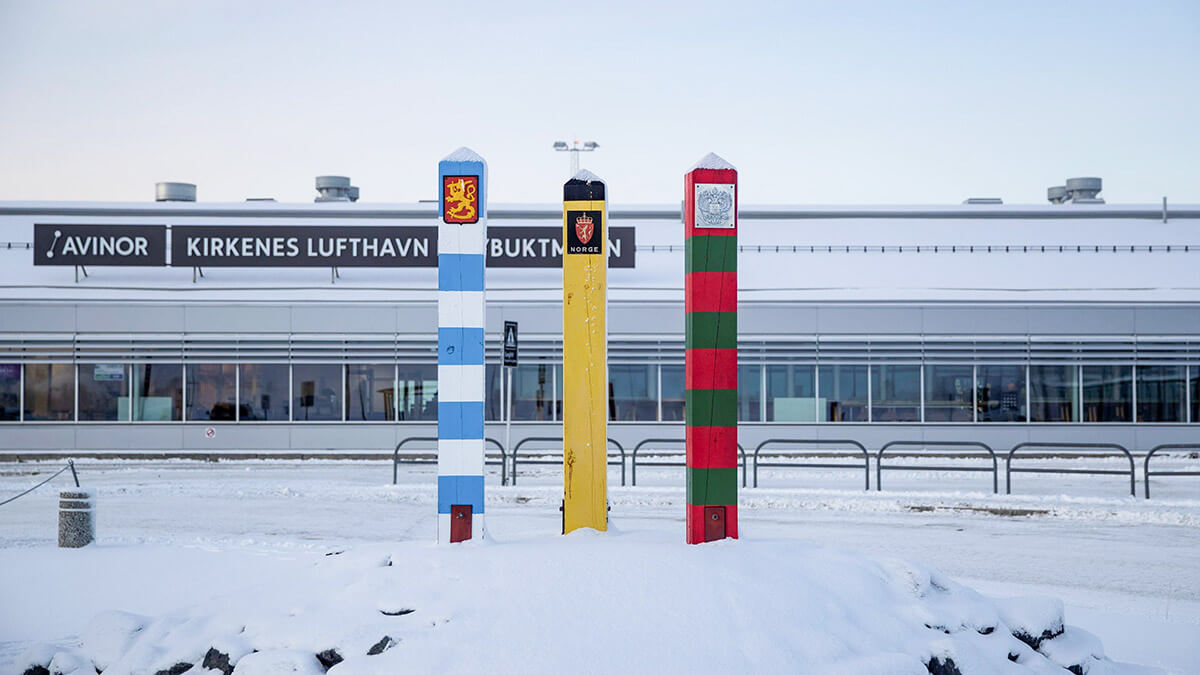
The Arctic Council operates by consensus and focuses on issues of sustainable development and environmental protection. While it does not directly address military security issues, it has been an important space for dialogue and cooperation in key areas. However, growing global geopolitical polarisation has begun to affect the functioning of the Council, with meetings suspended and challenges to Russian participation, especially following the invasion of Ukraine.
This polarisation and the weakening of the Arctic Council force us once again to refer to an issue brought to the fore by the Trump administration and which is of vital importance for the future of the High North.
Russia's invasion of Ukraine in 2022 severed its relations with the other seven Arctic states (Canada, the Kingdom of Denmark, Finland, Iceland, Norway, Sweden and the United States) and led Finland and Sweden to join NATO in 2023 and 2024, respectively. As a result, all Arctic states except Russia are now members of NATO. This change has increased the global importance of the High North, which, as we have seen, includes Greenland, which is part of the alliance by default through the Kingdom of Denmark.

Greenland is home to the Pituffik Space Base, formerly Thule Air Base, a key US military facility for missile early warning and space surveillance.
In addition, it is also part of the GIUK gap (Greenland-Iceland-United Kingdom), a bottleneck for anti-submarine warfare in the North Atlantic during the Cold War, which remains important today for monitoring and potentially restricting Russian naval movements in the North Atlantic and Arctic Ocean. However, the island's strategic military value to the United States declined after the end of the Cold War due to advances in military technology, leading to sporadic investment in the Pituffik space base over the years. However, the current scenario has changed perceptions about the importance of this territory.
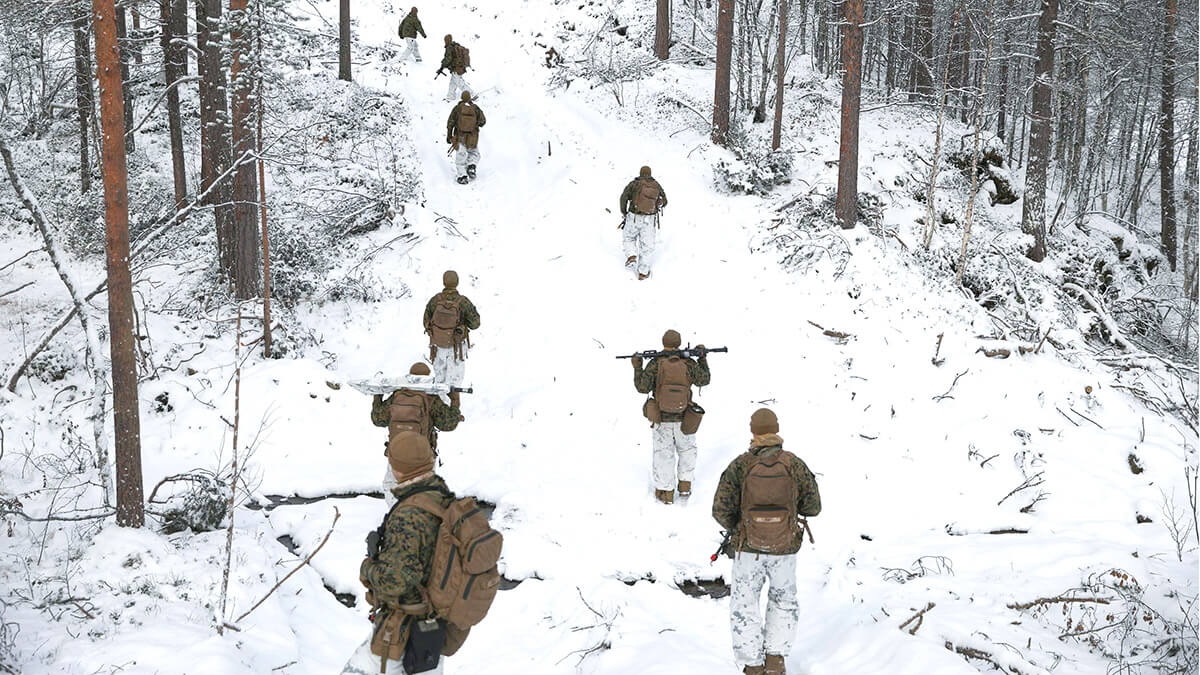
Greenland occupies a key position on two maritime routes through the Arctic: the Northwest Passage, along the north coast of North America, and the Transpolar Sea Route, through the centre of the Arctic Ocean. As Arctic sea ice melts, these routes could reduce sailing times and avoid traditional bottlenecks such as the Suez and Panama Canals. Currently, these routes are commercially unviable and are likely to remain so for many years due to treacherous weather conditions and floating ice. But in the medium to long term, as shipping traffic in the Arctic Ocean increases, Greenland is likely to become a key player in the effective management of the Ocean, including emergency management, prevention and response.
The viability of these new routes and other maritime activities in the region will depend, among other things, on investment in comprehensive maritime infrastructure, and Greenland is strategically located to benefit from such investment and help manage it. The country is also a potential source of many minerals that are essential for the energy transition. In particular, its territory has large deposits of rare earth elements (REE) needed for the manufacture of batteries, wind and solar technologies, and advanced military equipment.
Western countries see Greenland's mineral resources as an opportunity to reduce their dependence on China, which dominates the supply chains for critical minerals and has also expressed interest in Greenland's mineral wealth, but a REE project backed by China stalled after Greenland banned uranium mining. Furthermore, serious doubts remain about the economic viability of mineral resource extraction due to Greenland's harsh environment, remoteness, lack of infrastructure and high operating costs. In 2023, it had only two active mines and a handful of projects under development. Mining is seen by those who support independence from the Kingdom of Denmark as a key asset for their purposes; however, those more concerned about potential environmental damage are reluctant to move forward on this path.
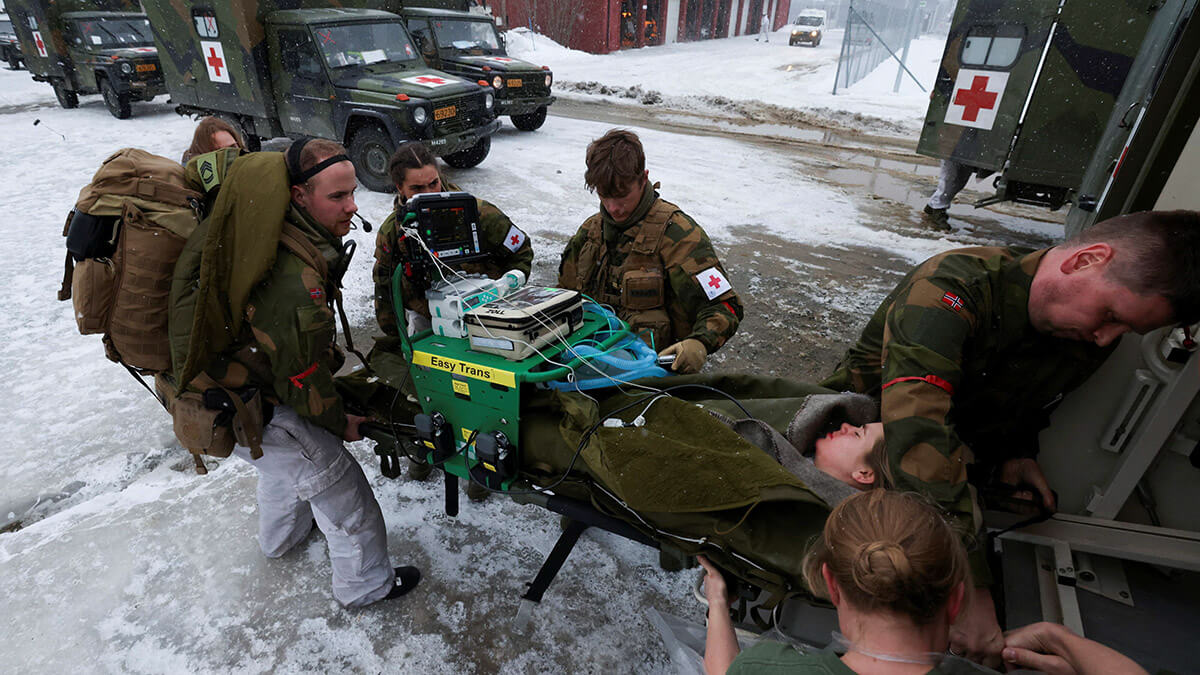
All of the above brings us closer to the reality of a key region and sheds light on the real motives behind Trump's excessive interest in Greenland.
However, it is up to the Greenlanders to decide their future and, looking at it from an objective and more level-headed point of view, the United States does not need to own Greenland to achieve its economic and security interests. The current approach of the American president may even prove counterproductive to those gains, and his threats may have the unintended consequences of alienating Greenland, the Kingdom of Denmark and other allies of the United States, undermining both a long tradition of cooperative governance in the High North and the existing norms of the current international system. Everything in a context of maximum tension with Russia and with a power such as China vying for at least partial control of the region. If this line is pursued, it may be helping Beijing achieve its objectives, while giving Moscow a lifeline.


